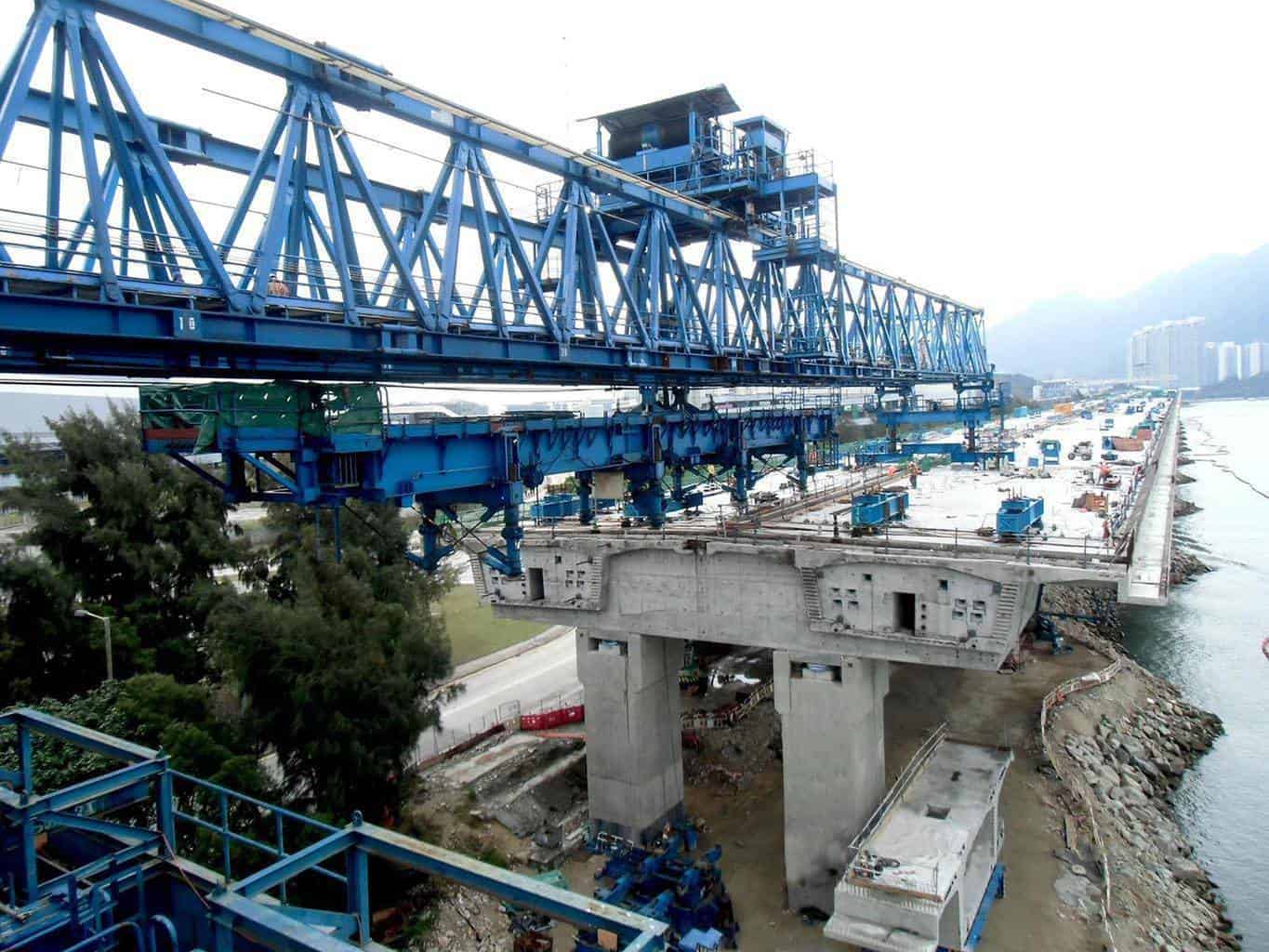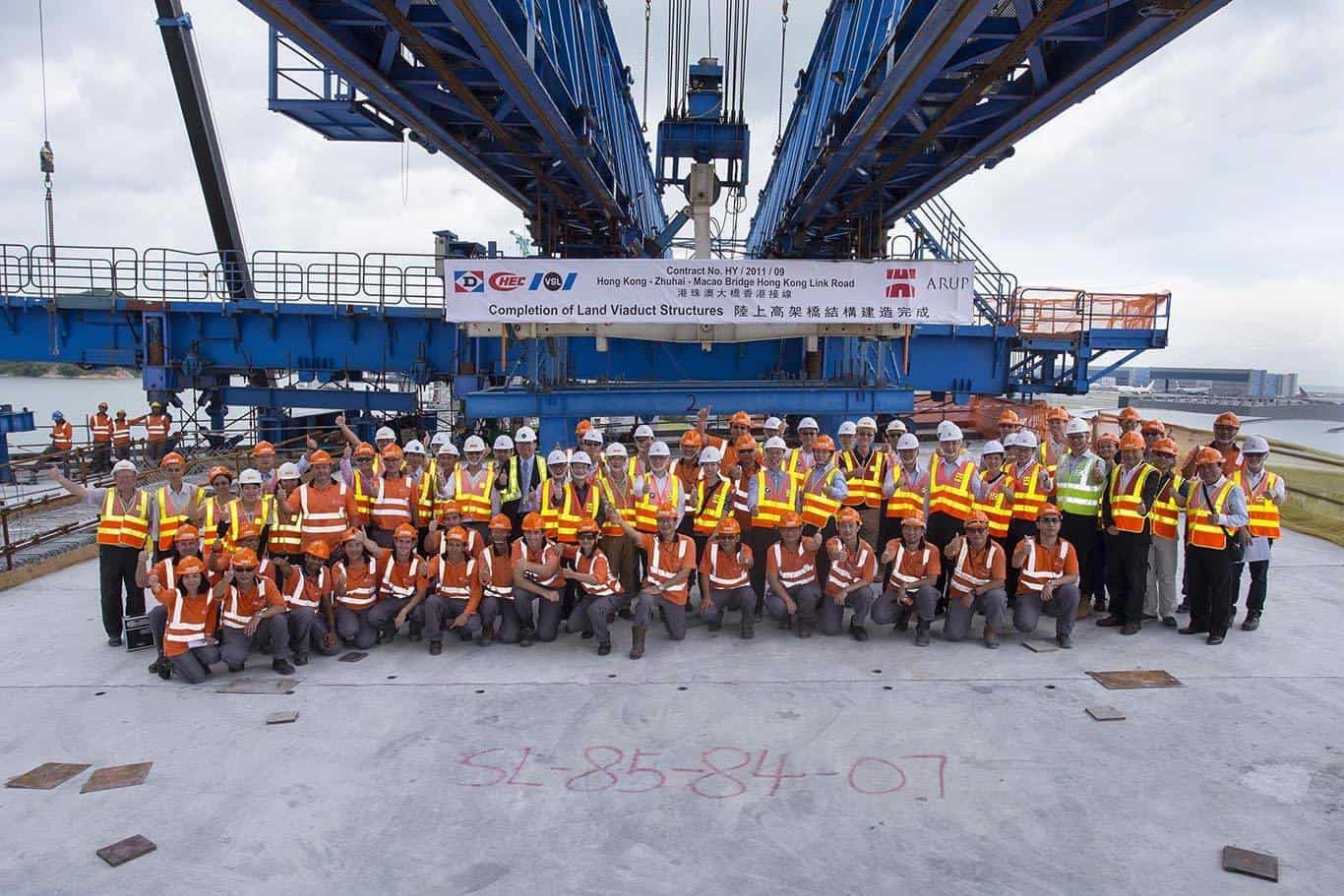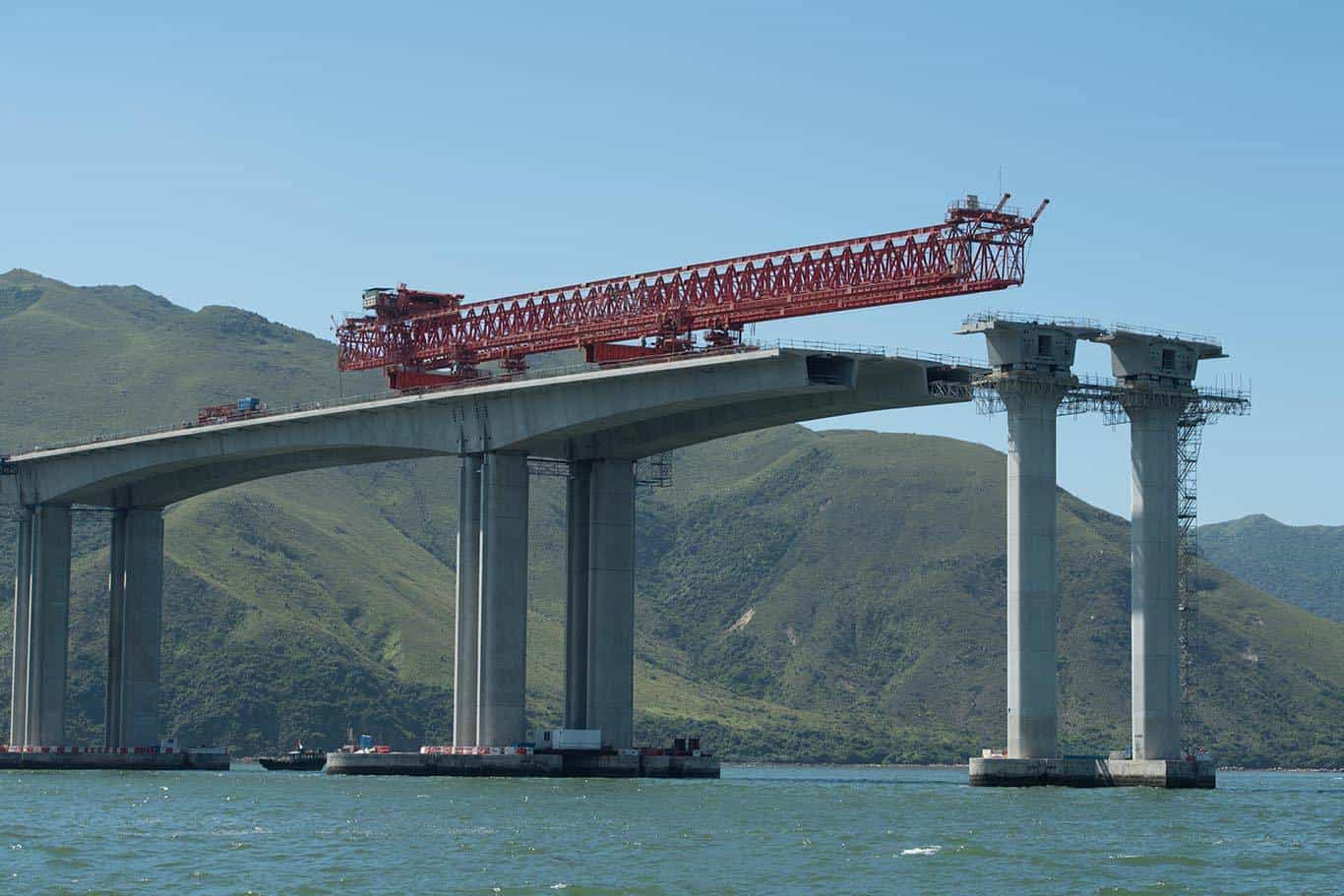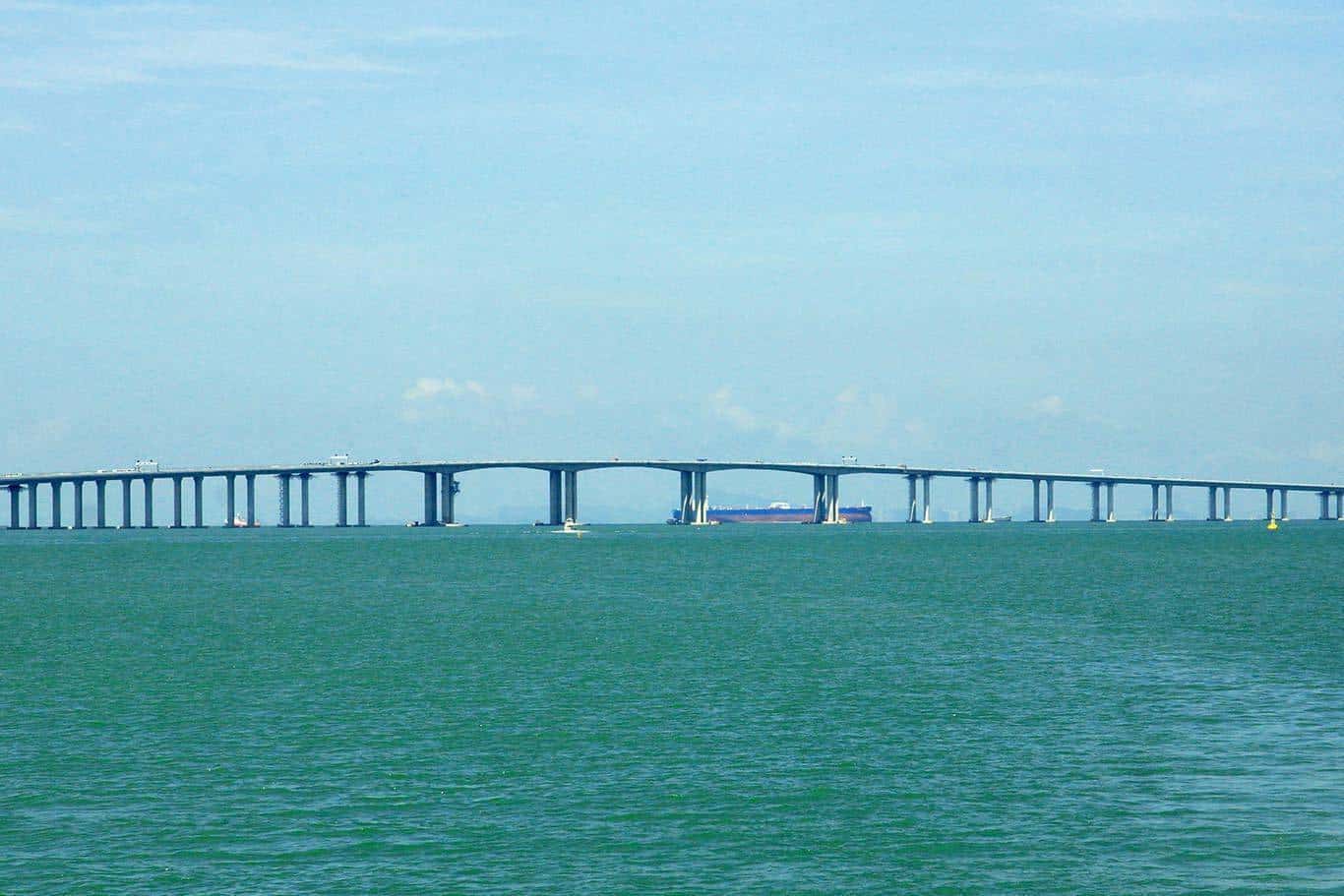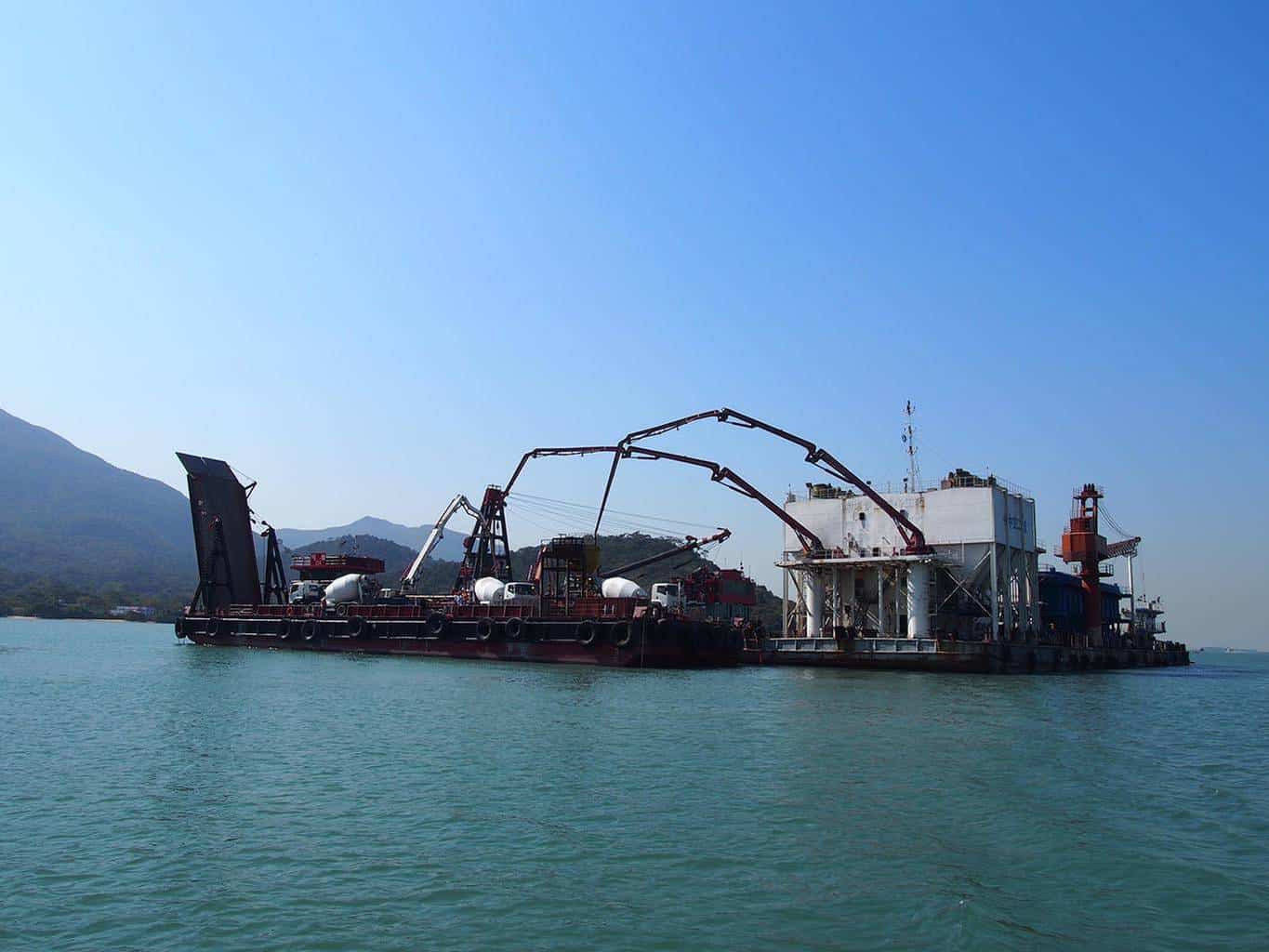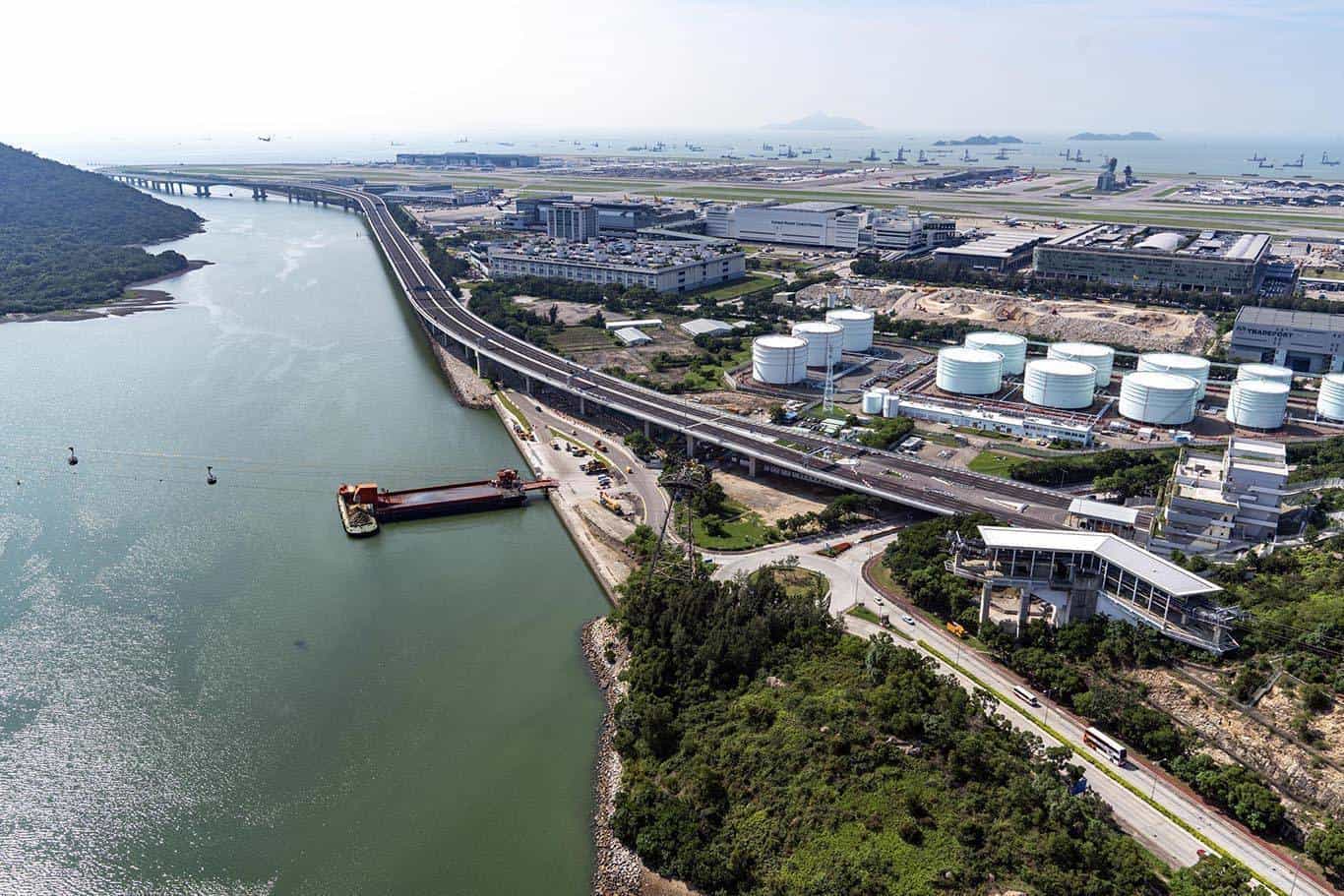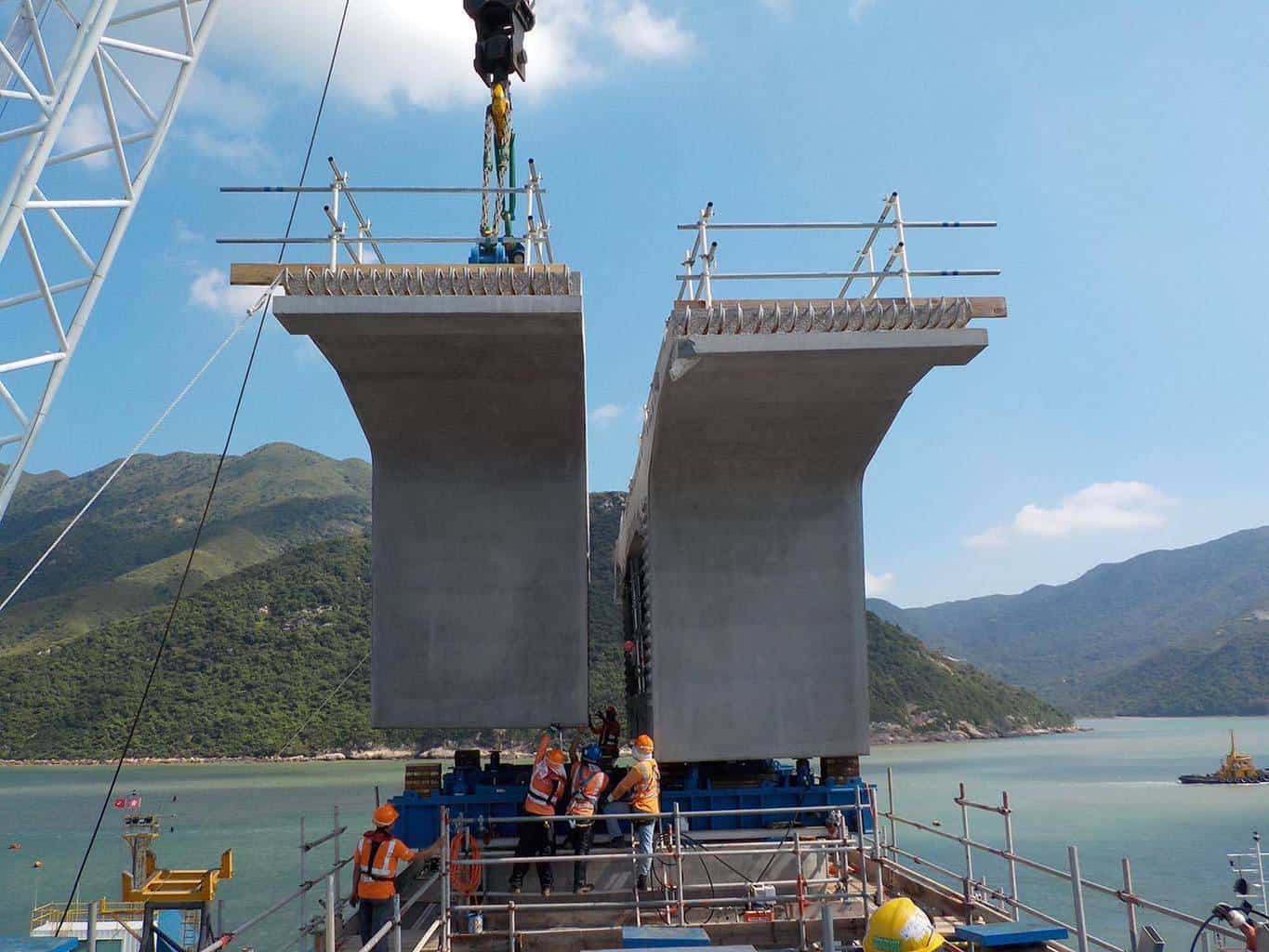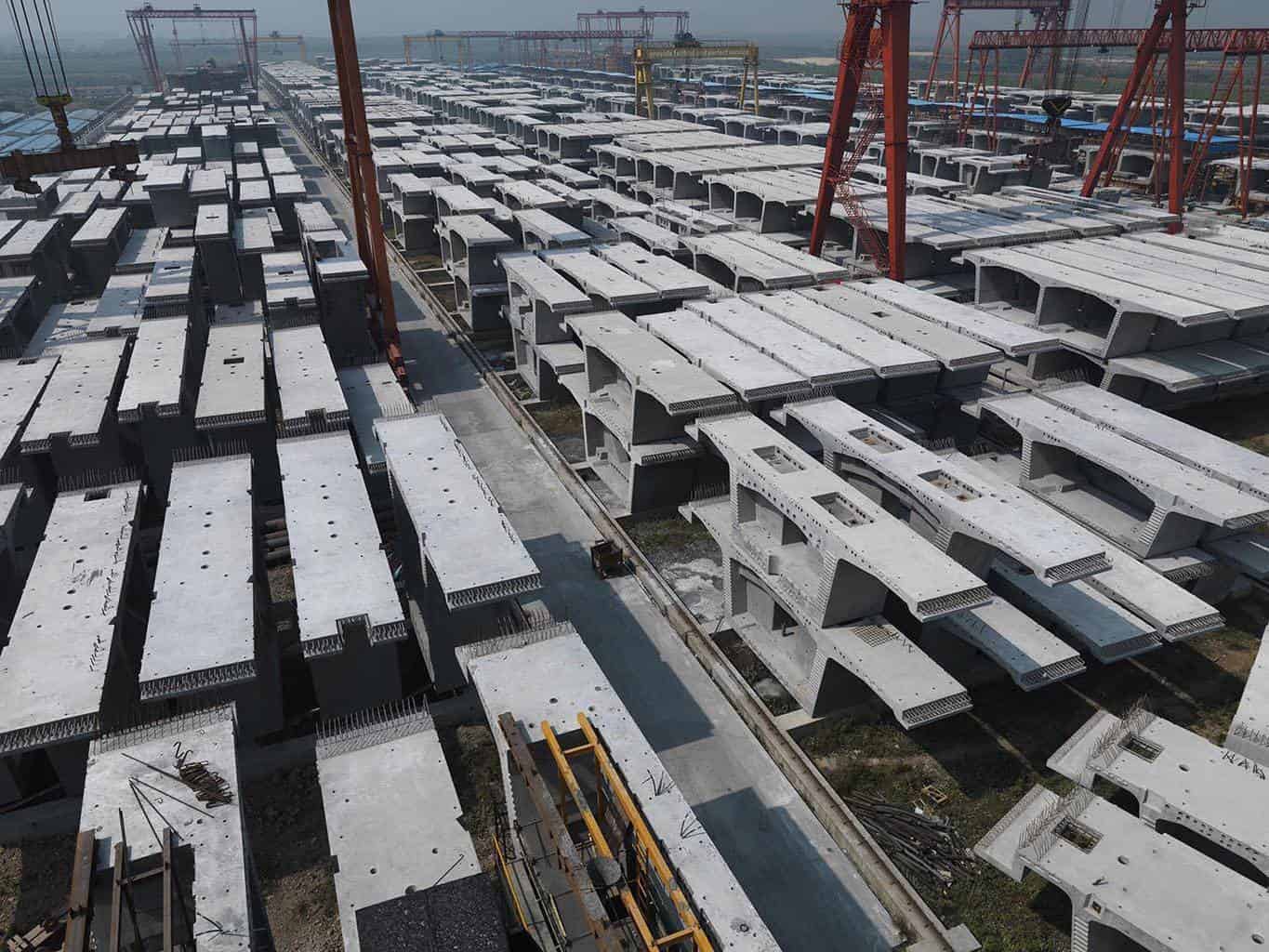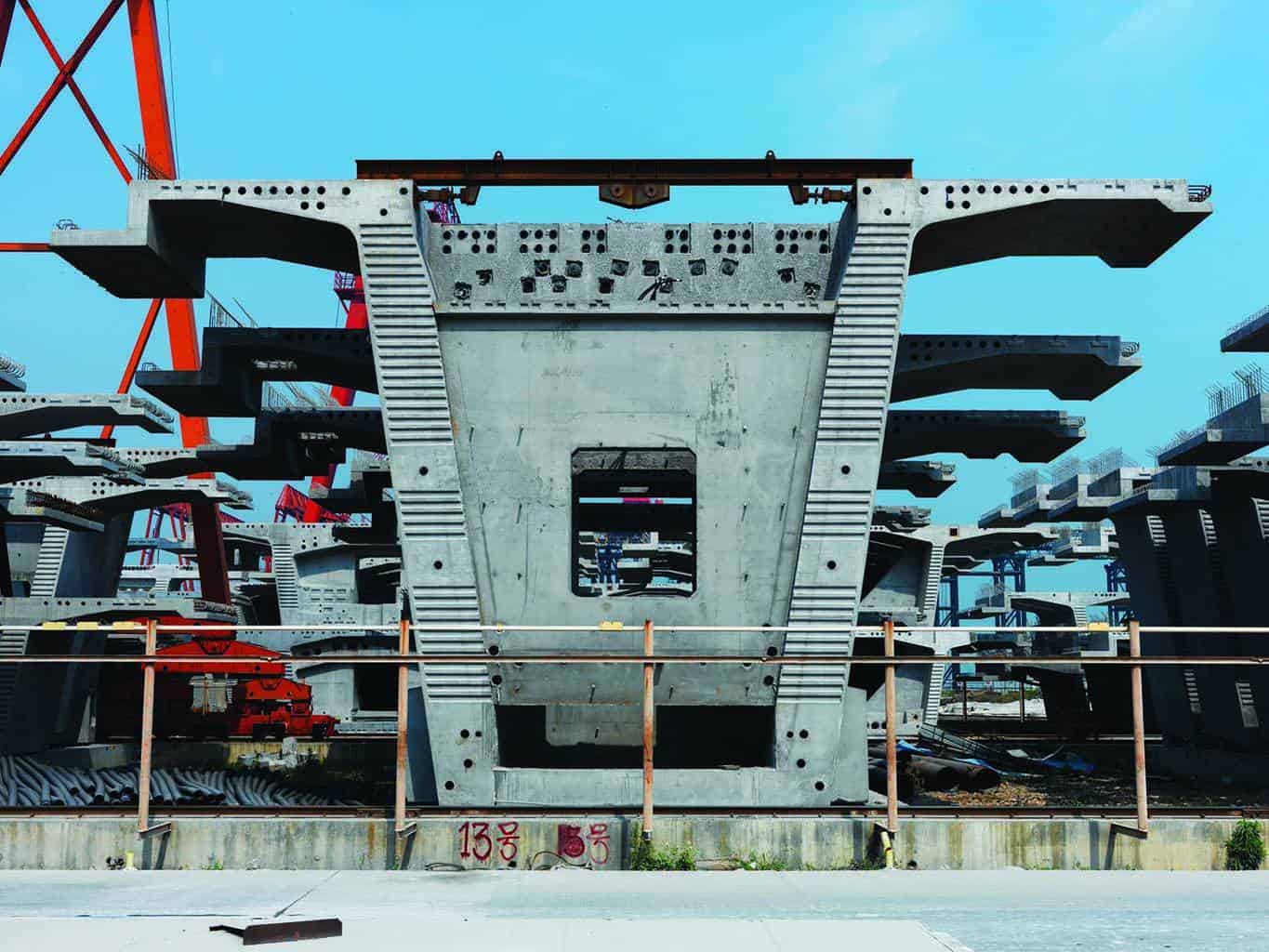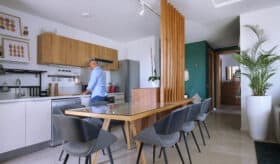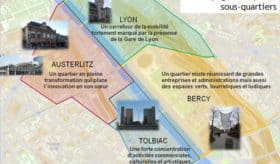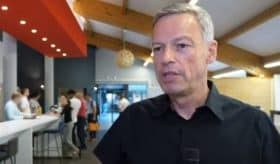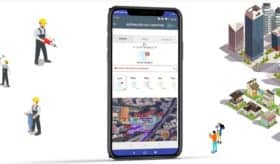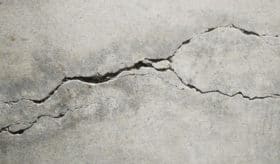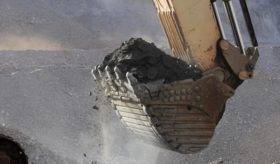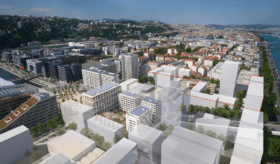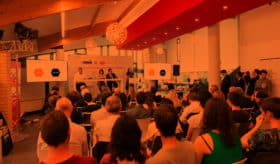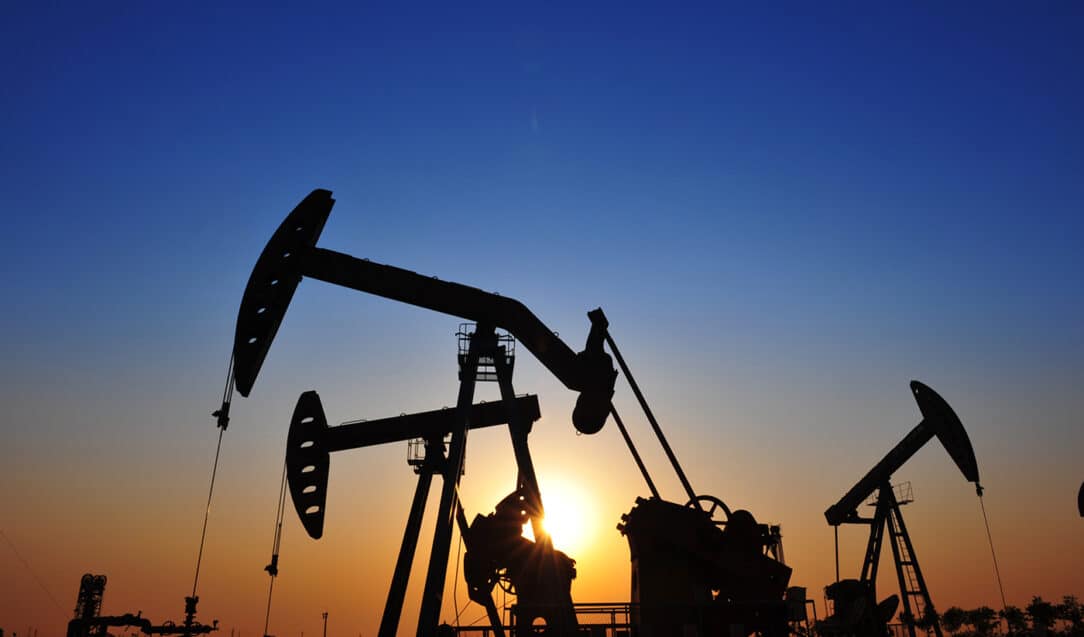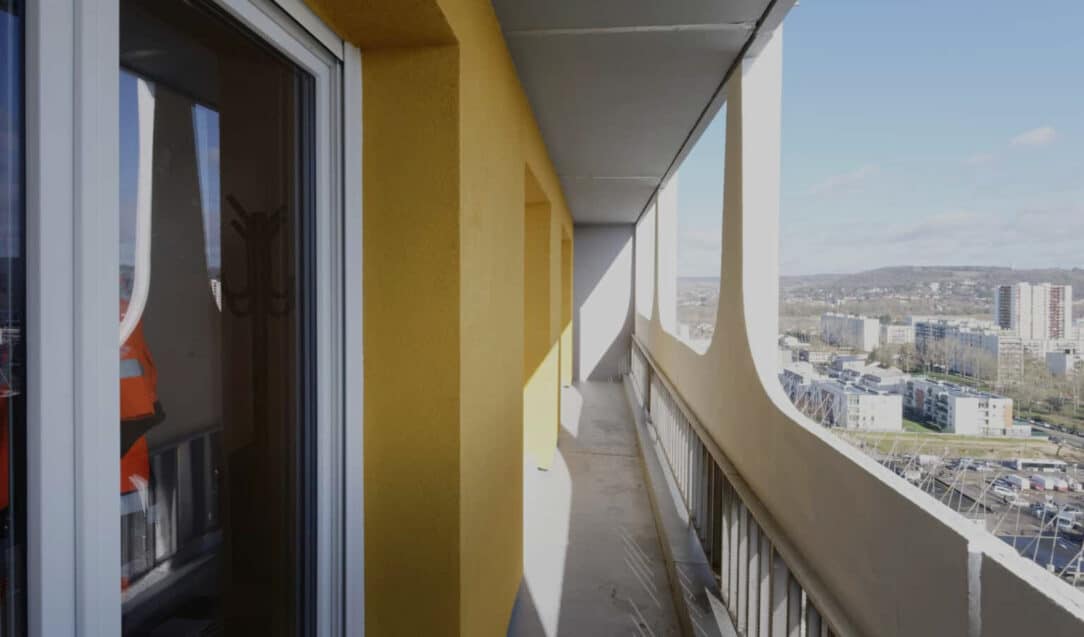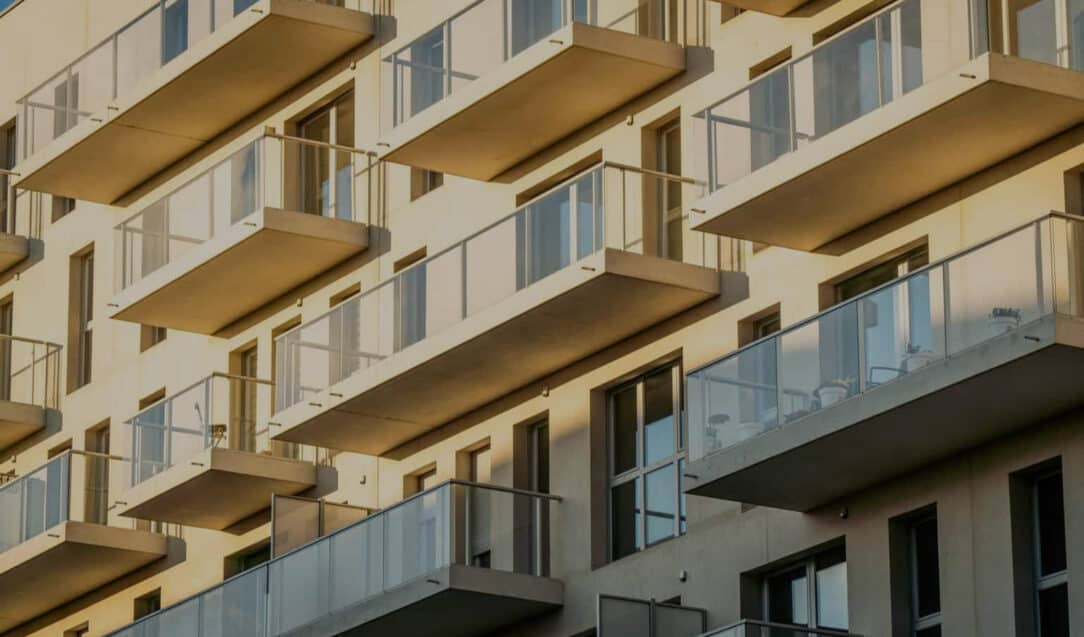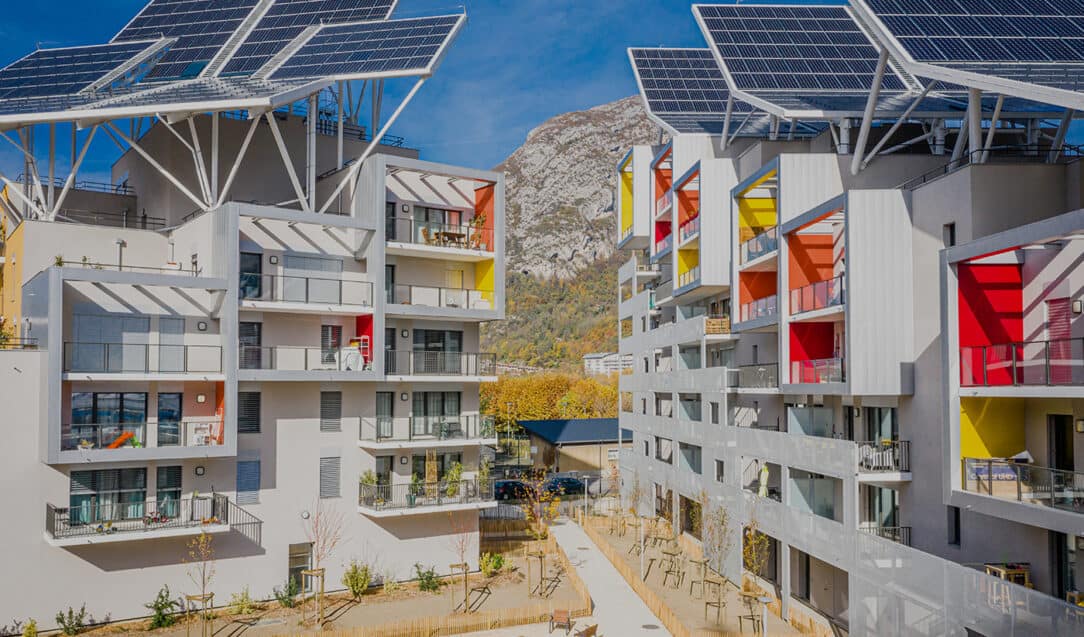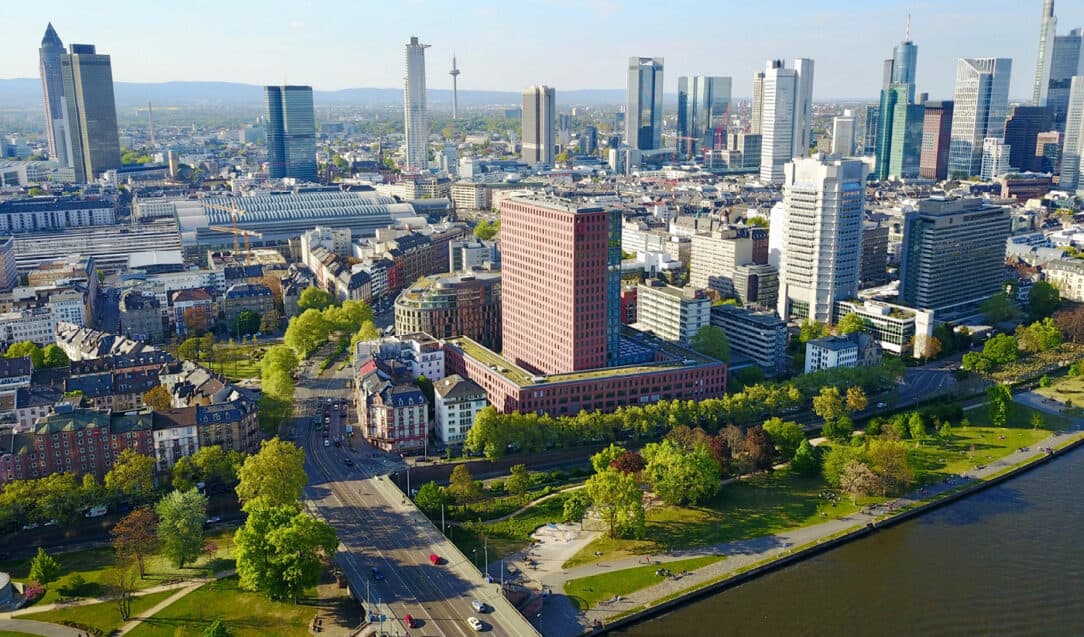Marie Vabre, After 10 years as a TV reporter, Marie completed a Master’s degree in Sustainable Development & Organizations at the University of Paris-Dauphine. This training allows her to better analyze the major global issues. Her teachers included IPCC researchers as well as experts such as Fabrice Bonnifet, director of Sustainable Development for the Bouygues group.
Today, she is a writer, director, lecturer, columnist and editorial consultant for press and TV media, companies, institutions and organizations of the social economy. Her fields: SD / CSR, climate, responsible finance, circular economy, SSE, eco-socio-innovative city (green, low carbon, circular, transitional, smart city, low tech…).
To accelerate awareness and training on these topics, it brings professionals and city actors to discover solutions, best practices and pioneers in the field, via Learning Expeditions that inspire innovation.

